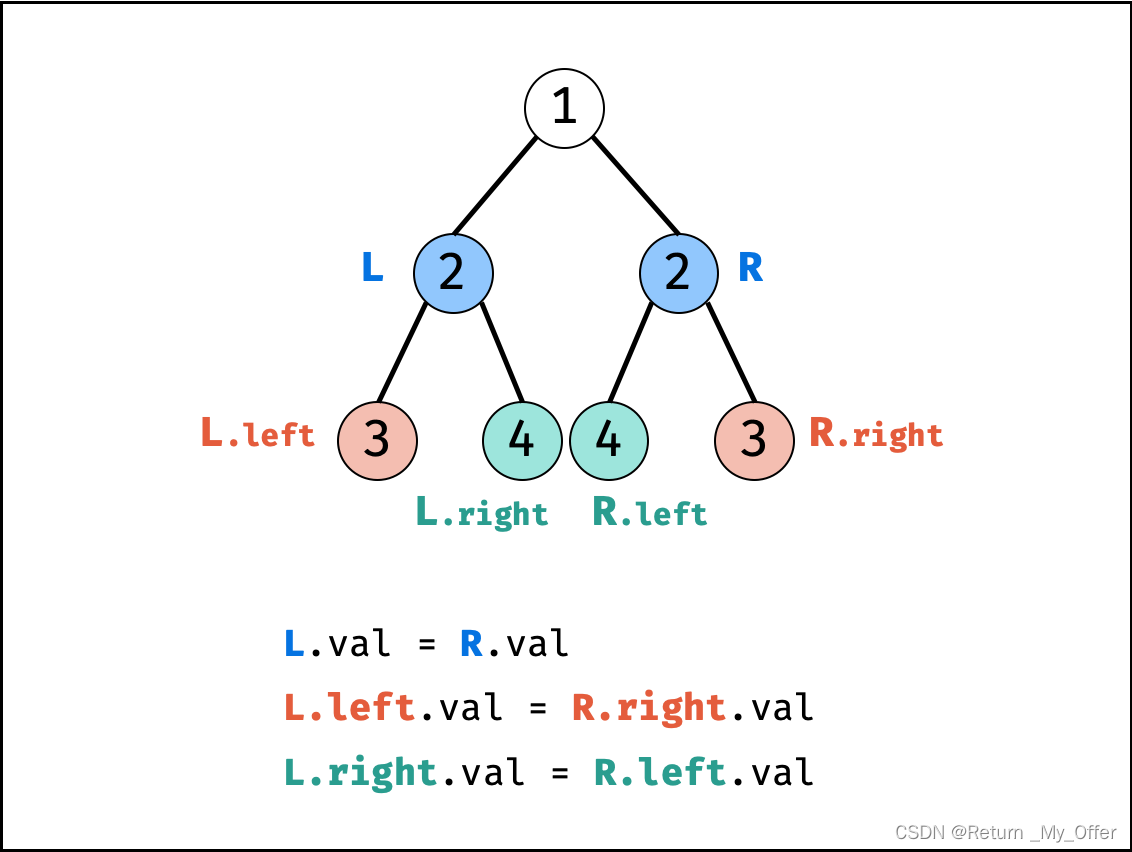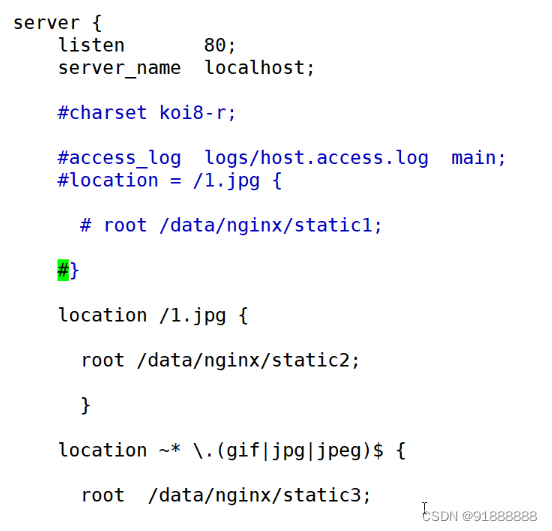论文原文:Generative Adversarial Nets (neurips.cc)
李沐GAN论文逐段精读:GAN论文逐段精读【论文精读】_哔哩哔哩_bilibili
论文代码:http://www.github.com/goodfeli/adversarial
Ian, J. et al. (2014) 'Generative adversarial network', NIPS'14: Proceedings of the 27th International Conference on Neural Information Processing Systems, Vol. 2, pp 2672–2680. doi: https://doi.org/10.48550/arXiv.1406.2661
未完待续
1. GAN
1.1. 整体实现步骤
1.2. GAN理念
1.3. GAN弊端和局限
2. GAN论文原文学习
2.1. Abstract
①They combined generative model and discriminative model
together, which forms a new model.
is the "cheating" part which focus on imitating and
is the "distinguishing" part which focus on distinguishing where the data comes from.
②This model is rely on a "minmax" function
③GAN does not need Markov chains or unrolled approximate inference nets
④They designed qualitative and quantitative evaluation to analyse the feasibility of GAN
2.2. Introduction
①The authors praised deep learning and briefly mentioned its prospects
②Due to the difficulty of fitting or approximating the distribution of the ground truth, the designed a new generative model
③They compare the generated model to the person who makes counterfeit money, and the discriminative model to the police. Both parties will mutually promote and grow. The authors ultimately hope that the ability of the counterfeiter can be indistinguishable from the genuine product
④Both and
are MLP, and
passes random noise
⑤They just adopt backpropagation and dropout in training
corpora 全集;corpus 的复数
counterfeiter n.伪造者;制假者;仿造者
2.3. Related work
2.4. Adversarial nets
2.5. Theoretical Results
2.5.1. Global Optimality of p_g = p_data
2.5.2. Convergence of Algorithm 1
2.6. Experiments
2.7. Advantages and disadvantages
2.8. Conclusions and future work
3. 知识补充
3.1. 散度
(1)KL散度
(2)JS散度
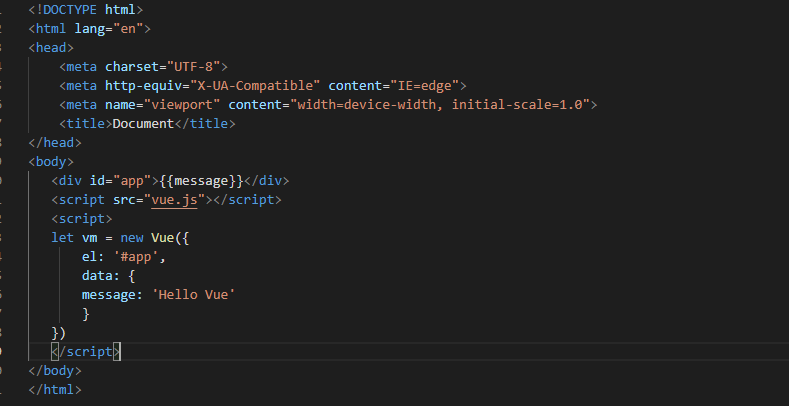


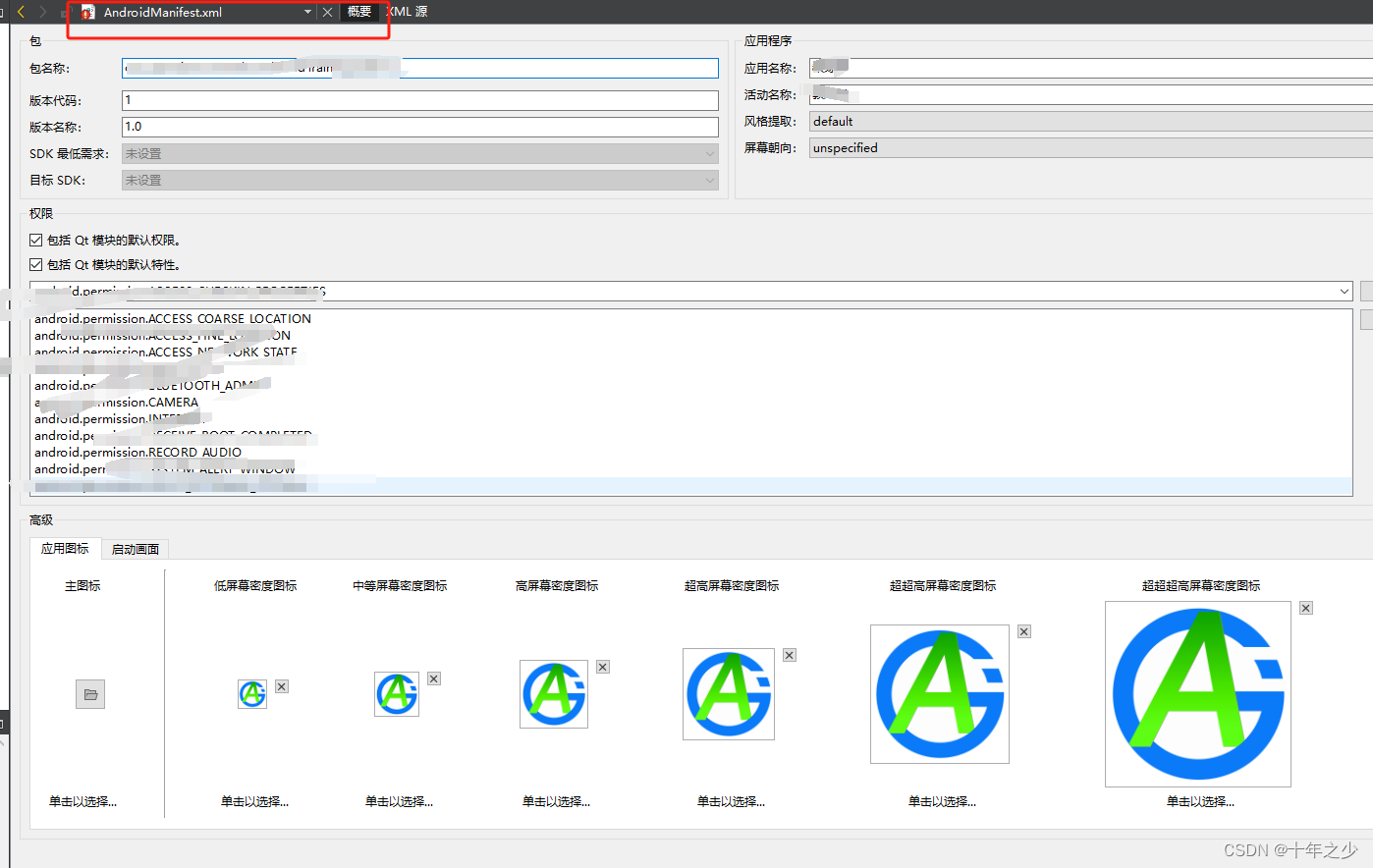






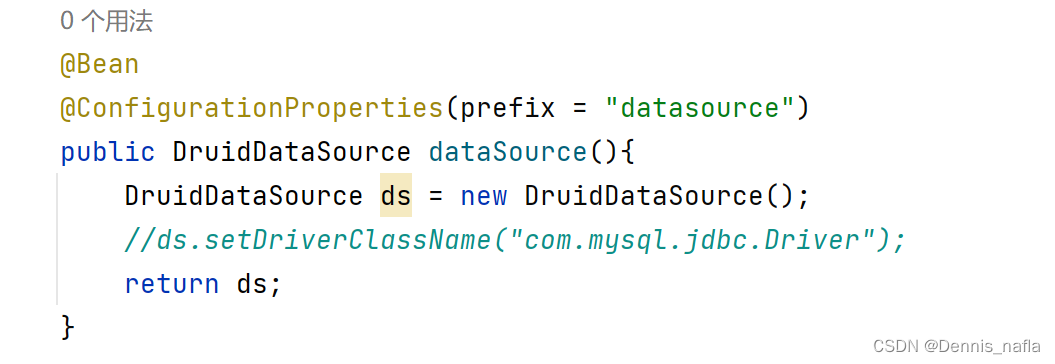
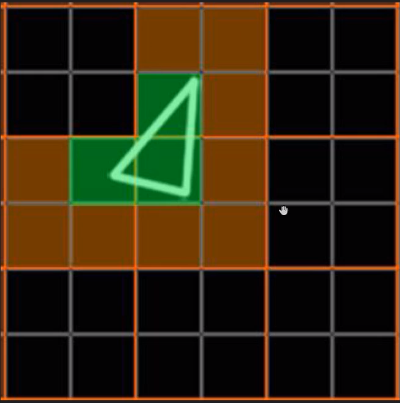
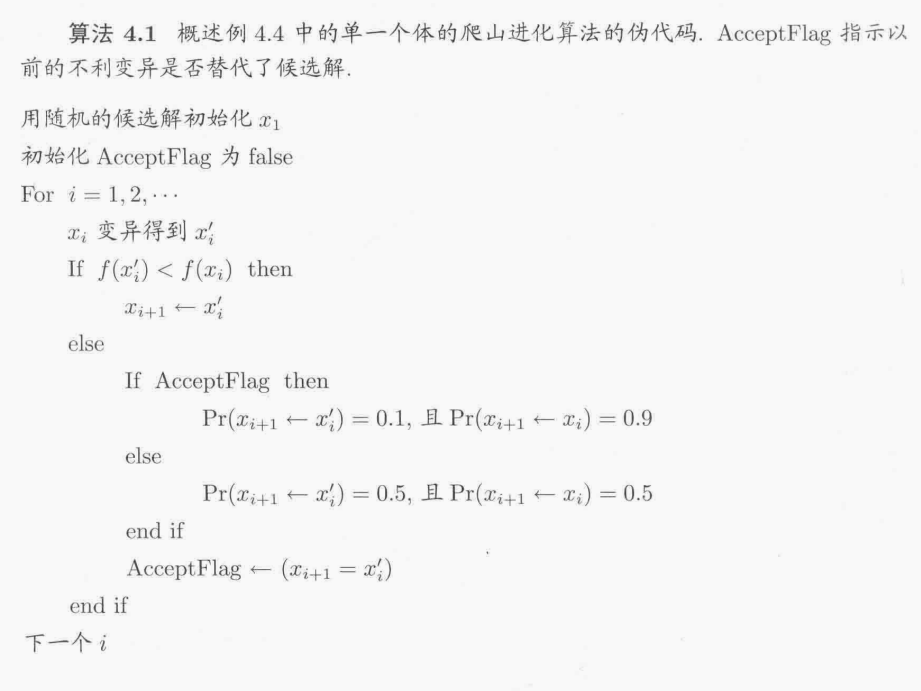
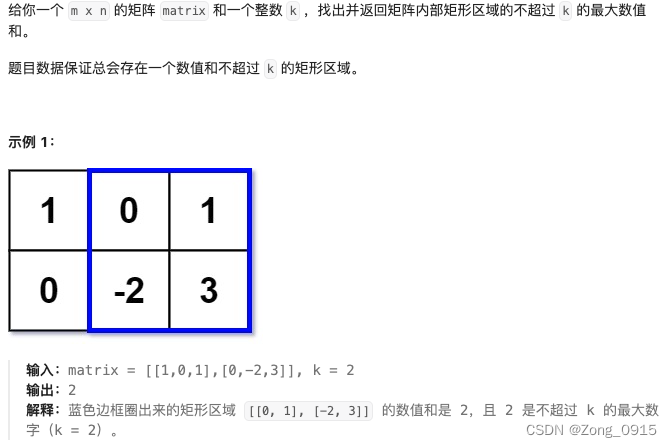
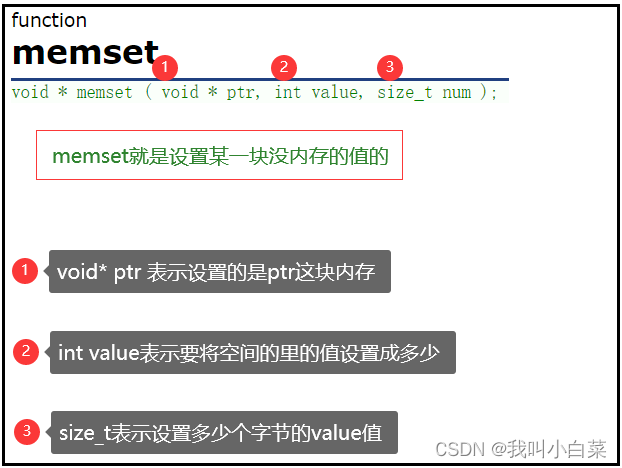
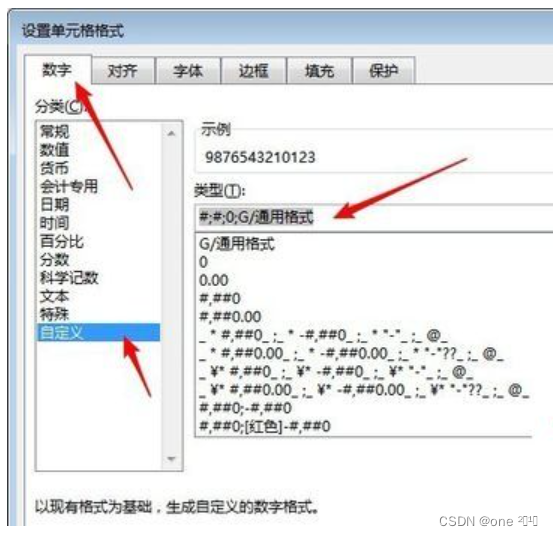
![Mybatis用Byte[]存图片,前端显示图片](https://img-blog.csdnimg.cn/edac2d8f303a4b9a955653e45c6b3684.png)
